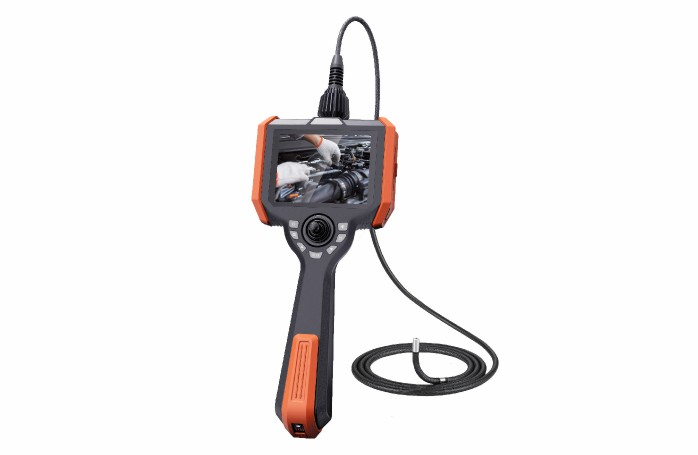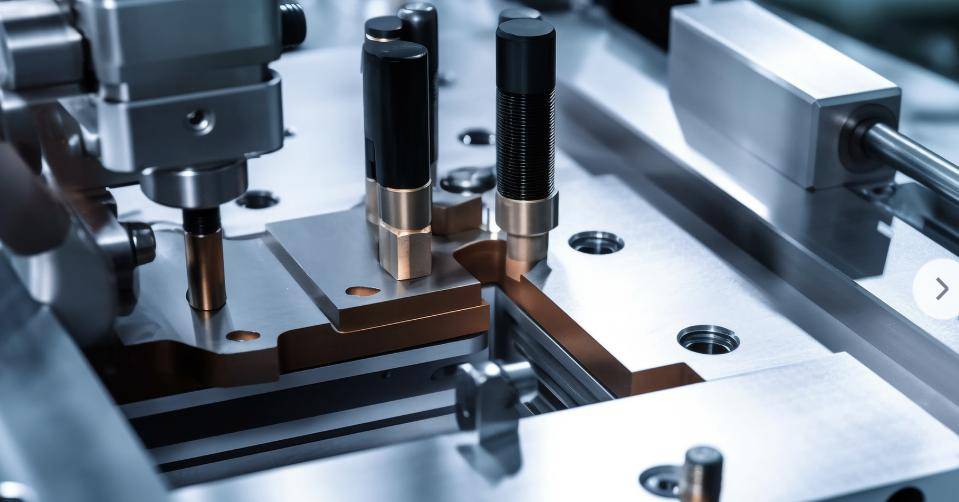Want to know more?
Don't miss any product updates on our industrial borescopes

Industrial borescope
solution service provider
Company Address
Office : 18F, Pingshanshouzuo, Pingshan District, Shenzhen,Guangdong
Contact Info
Ph: +86-0755-89588241

As a core tool for modern industrial inspection, industrial endoscopes play an irreplaceable role in the machinery manufacturing industry. Through non-destructive inspection technology, they can penetrate deep into the equipment and capture high-definition images in real time, providing key data support for quality control, fault diagnosis and equipment maintenance. The following is an analysis from three dimensions: application scenarios, technical advantages, and typical cases:

Product quality testing
Internal defect screening of castings:
In the casting process of automotive parts, hydraulic parts, pump bodies, valve bodies, etc., endoscopes can detect defects such as sand inclusions, burrs, cracks, etc. in deep holes, blind holes, and staggered holes. For example, Microvision Optoelectronics K series optical endoscopes have been widely used in the field of mechanical casting to ensure that the internal finish of the product meets the standard。
Weld quality verification:
Use an endoscope to observe the inside of the weld to detect hidden dangers such as cracks, pores, and lack of fusion, thereby avoiding equipment failure due to welding defects.
Assembly process monitoring:
Check the internal structure of the equipment in real time to verify whether the parts are assembled in place, such as the meshing status of the engine block and transmission gears.
Equipment maintenance and fault diagnosis
Engine internal inspection:
In the automotive, marine and aviation fields, endoscopes can penetrate deep into engine cylinders, turbine blades and combustion chambers to detect wear, carbon deposits or cracks. For example, in ship engine inspections, endoscopes shorten downtime and improve maintenance efficiency.
Valve and pipeline inspection:
Diagnose problems such as valve body leakage, valve core detachment, valve seat cracks, etc., or check the corrosion and blockage of the inner wall of the pipeline to avoid leakage accidents.
Gearbox and bearing inspection:
Observe the gear meshing status and bearing raceway surface damage to detect potential faults in advance.
Safety and compliance checks
Pressure vessel inspection:
Check the inner wall of boilers, heat exchangers and pressure vessels for cracks, corrosion or deformation to ensure compliance with safe operation standards.
Special equipment inspection:
Regularly inspect hidden parts of lifting machinery, elevators and other equipment to avoid safety accidents caused by internal defects.
Non-destructive testing
Internal inspection can be completed without disassembling the equipment, avoiding damage to the equipment caused by traditional methods and reducing maintenance costs.
High-precision imaging
Adopt high-resolution CMOS sensor or fiber optic imaging technology to capture tiny cracks (such as 0.1mm defects), support 3D measurement and point cloud modeling, and improve detection accuracy.
Flexibility and adaptability
Ultra-fine tube design: The tube diameter can be as small as 1.2mm, suitable for narrow gaps or small holes detection.
All-round steering: equipped with a 360° steering system, with a maximum bending angle of 210° in one direction, adapting to complex internal structures.
Real-time monitoring and recording
It supports real-time image transmission and video recording functions, which facilitates remote monitoring and long-term data analysis. For example, during high-altitude inspection of wind power equipment, the portable endoscope can record defect images for subsequent analysis.
Cost-effectiveness
Reduce equipment downtime, reduce maintenance costs, and extend equipment life. For example, in ship engine inspection, endoscopes can shorten maintenance time by more than 50%.

Ship engine inspection
Case: A shipping company used a micro-viewing industrial endoscope to inspect marine engines and found early cracks in the combustion chamber, thus avoiding a marine failure.
Effect: Detection time is shortened by 60%, maintenance costs are reduced by 40%, and ship navigation efficiency is improved by 15%.
Valve defect diagnosis
Case: A chemical plant inspected the valve body through an endoscope and found corrosion at the joint between the valve core and the valve stem. The parts were replaced in time to avoid valve switch failure accidents.
Effect: Preventive maintenance reduces equipment failure rate by 30% and annual maintenance costs by 200,000 yuan.
Automobile engine assembly monitoring
Case: An automobile manufacturer uses an endoscope to inspect the engine cylinder at the end of the production line to ensure that the piston ring is installed in place and reduce rework caused by assembly errors.
Effect: Product qualification rate increased to 99.8%, customer complaint rate decreased by 50%.
Intelligent upgrade: integrated AI defect recognition technology, automatically marking cracks, corrosion and other anomalies, improving detection efficiency and accuracy.
Multifunctional integration: Develop composite endoscopes with functions such as temperature measurement, pressure detection, and chemical analysis to provide more comprehensive equipment status data.
Green and environmentally friendly: Made of environmentally friendly materials, it reduces energy consumption, reduces waste emissions, and meets the requirements of sustainable development.
Conclusion: Industrial endoscopes have become a key tool for the machinery manufacturing industry to improve product quality, ensure equipment safety, and reduce maintenance costs. With the continuous advancement of technology, its application scenarios will be further expanded, providing more powerful detection support for intelligent manufacturing and Industry 4.0.

Industrial borescope
solution service provider